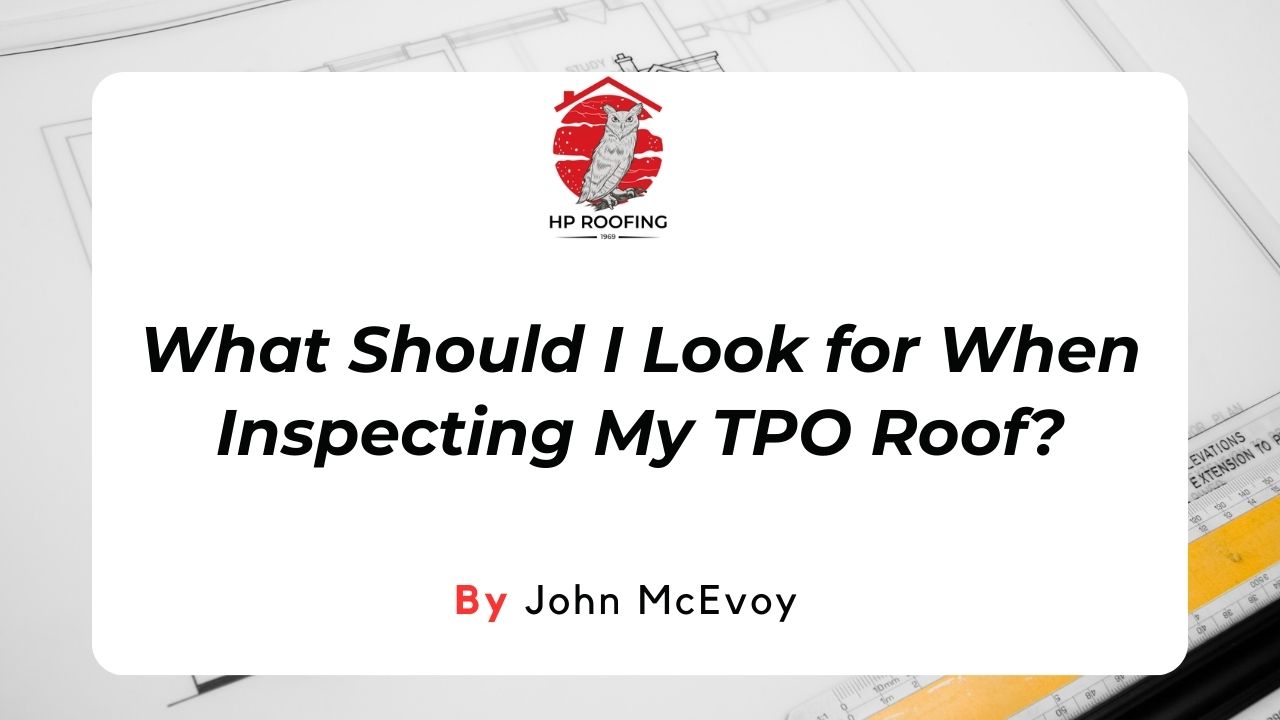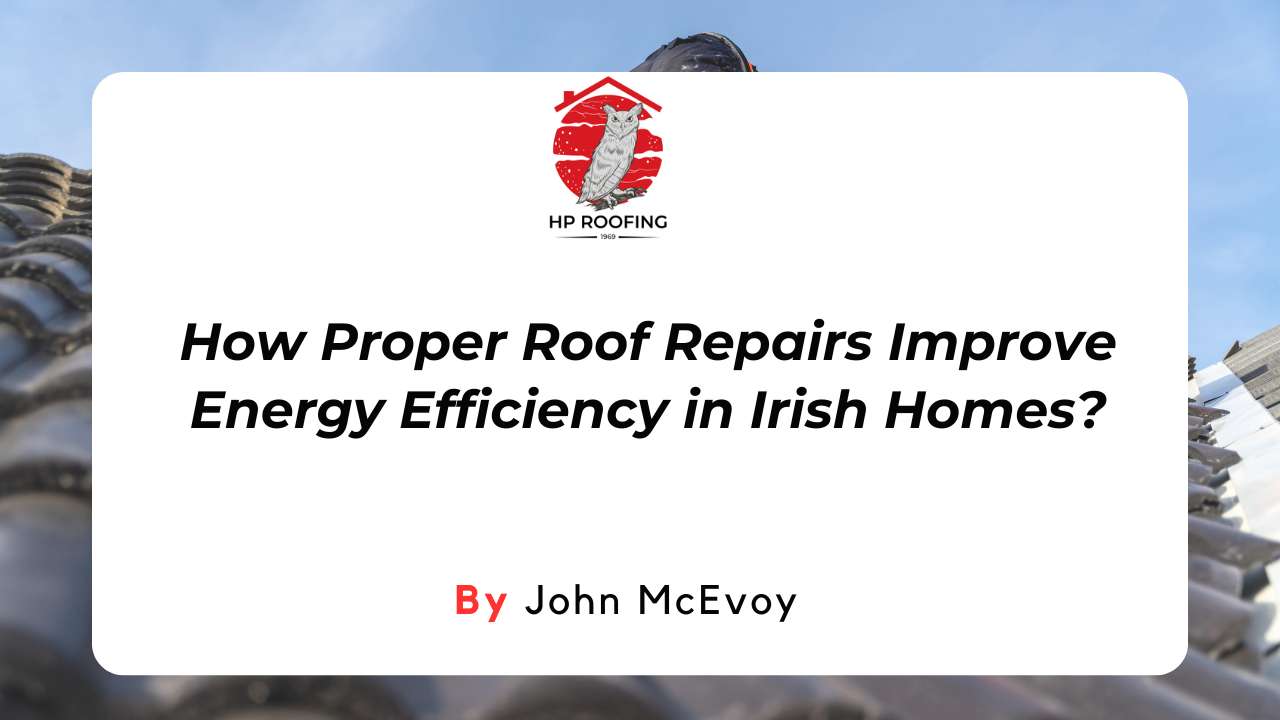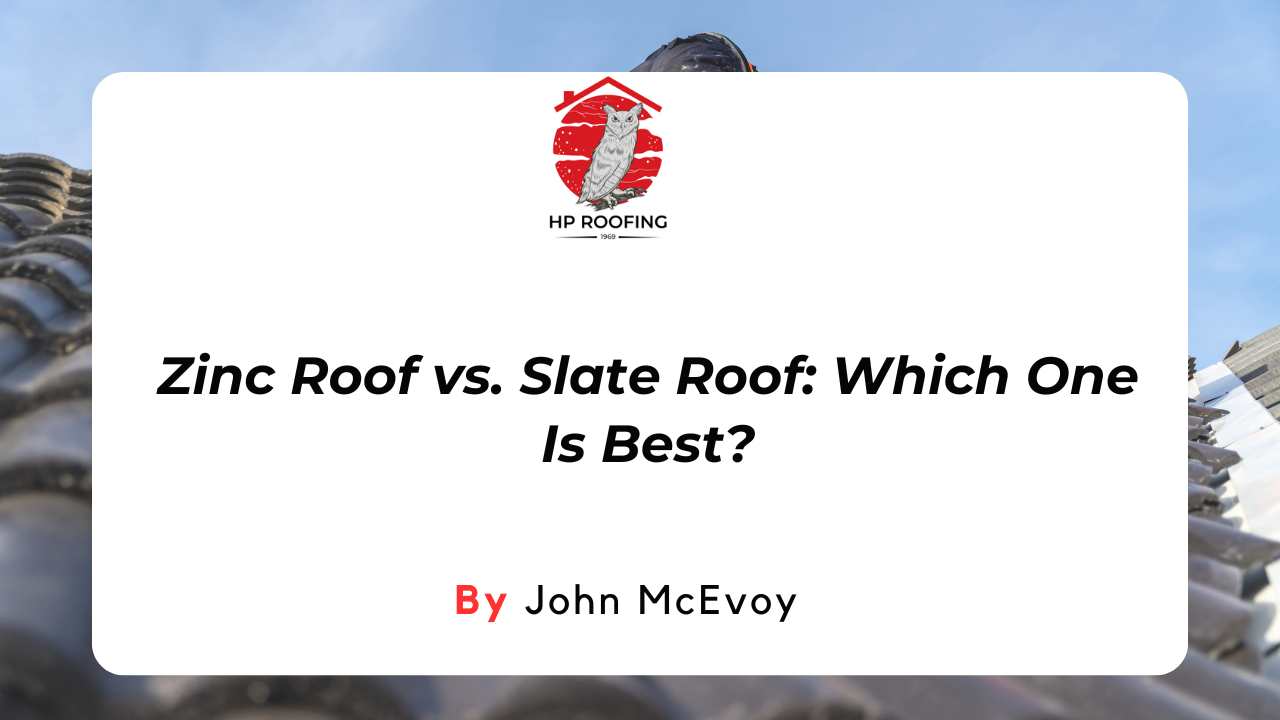Wondering what should I look for when inspecting my TPO roof? In this guide, we will walk you through the key things to check, whether you're a contractor, building manager, or property owner. Spotting issues early can save you from costly repairs later on.
So, without any further delay, let's get to the point:
What Should I Look For When Inspecting My TPO Roof?

Step 1: Walk the Perimeter
Start by walking around the roof’s edge. Check for curbs, pipes, drains, and any other penetrations.
What to look for:
- Loose or damaged edges
- Gaps or holes around pipes and drains
Action:
If you spot any issues, mark them for later review and repair.
Step 2: Inspect the Seams
Seams are crucial because poor bonding can cause leaks. Take a close look at the welded seams—make sure they’re smooth, continuous, and without any gaps or wrinkles.
What to look for:
- No visible gaps or damage
- Properly bonded seams with no signs of separation
- Weld width should be at least 1 inch, and reinforcement should be visible (for thicker membranes, use T-Joint covers at splice intersections).
Action:
If any seams look loose or poorly welded, they’ll need to be re-welded.
Step 3: Inspect the Details (Curbs, Pipes, Drains, Flashing)
Make sure everything is tightly sealed to prevent water from getting in.
What to look for:
- Pipes, curbs, drains, and flashing should be securely attached to the membrane.
- No gaps or movement around these areas.
- Flashing should fit tightly, and there shouldn’t be any exposed edges.
- For drains: Make sure bolts and clamps are tight, and there’s no debris around the drain ring.
Action:
Any loose or poorly sealed flashing should be fixed right away to avoid leaks.
Step 4: Final Walkthrough
Once you've checked everything, do a final walk around the roof.
What to look for:
- Double-check that you haven’t missed anything and that all issues have been addressed.
- See if there’s anything else that might need attention or repairs.
Action:
Mark any remaining problems, schedule repairs, and confirm the roof is good to go.
What Are the Essential Heat Welding Tips for TPO Roofs?
Welding is an essential part of TPO roofing. If it's not done right, seams can fail. Here's what to keep in mind:

Welding Settings:
- Start at 1004°F with a welding speed of 12.5 ft/min and adjust based on your test weld results.
- Always test your welds before you start working.
Welding Quality:
- Weld width should be at least 1 inch. Inspect cooled welds to ensure they’re properly bonded—no gaps or peeling.
- Important tip: Don’t use TPO primer or low VOC primer with pressure-sensitive (PS) products. It can mess with the bonding.
What to Check When Troubleshooting Welding on Your TPO Roof?
When welding, check for:
- Correct temperature and speed settings.
- Suitable weather (temperature, humidity, etc.).
- The right power supply for your welder (6500W for automatic, at least 3000W for hand welders).
- Clean welding tools and nozzles.
- Check the weld starts and stops for clean bonding.
9 Essential Tips for Inspecting Key TPO Roof Details
These are the 9 go-to tips for inspecting a TPO roof:
Drip Edge Fascia:
- Make sure the wood nailer is wider than the metal flange and flush with the insulation.
- The metal flange should be fastened every 6 inches with ring shank nails.
- The cover strip needs a 2-inch overlap and should be heat welded.
Membrane Splice:
- Seams should be bonded properly and at least 1.5 inches wide.
- For thicker membranes (60 mil or more), use T-Joint covers at splice intersections.
Curb Flashing:
- Welding should be clean and tight.
- Water cut-off mastic should be used between the curb and membrane.
- Fasteners should be clean, and counter-flashing must be watertight.
Drains:
- Make sure drain bolts and clamps are tight, and the drain bowl is sealed.
- Apply water cut-off mastic between the drain and membrane.
- Weld the area around the drain properly (no cold welds).
Parapet/Curb Angles:
- Termination bars should be spaced no more than 12 inches apart.
- Use a 1.5-inch weld if there are sharp angles.
Termination Bars:
- Apply mastic both behind and above the termination bar.
- Fasteners should be flush and spaced properly.
Pipes:
- Ensure pipes don’t exceed 160°F.
- Field-fabricated flashings should have clean, 2-inch welds and be fully sealed.
Tie-Ins:
- The membrane should be securely sealed where the old roof meets the new.
- Make sure the water flow is correct for drainage.
Corners:
- The membrane should be flat and well-secured around corners.
- Plates should be spaced 6–9 inches from the corner.
Protect Your Roof with HP Roofing Today!
Inspect your TPO roof before any minor issues become costly repairs! Whether it’s a routine inspection or a full-scale roofing solution, our expert team at HP Roofing is here to keep your TPO roof in top condition.
Contact us now for a professional inspection or maintenance service and ensure the longevity and safety of your roof.
Get in touch with us today!
Let us help you secure your property with reliable, high-quality roofing services.
Conclusion
So, if you’re wondering what should I look for when inspecting my TPO roof, this guide covers it all. From checking seams and welds to inspecting drains and flashings, keeping an eye on these areas will help you catch issues early and keep your roof in great shape for the long run.
















